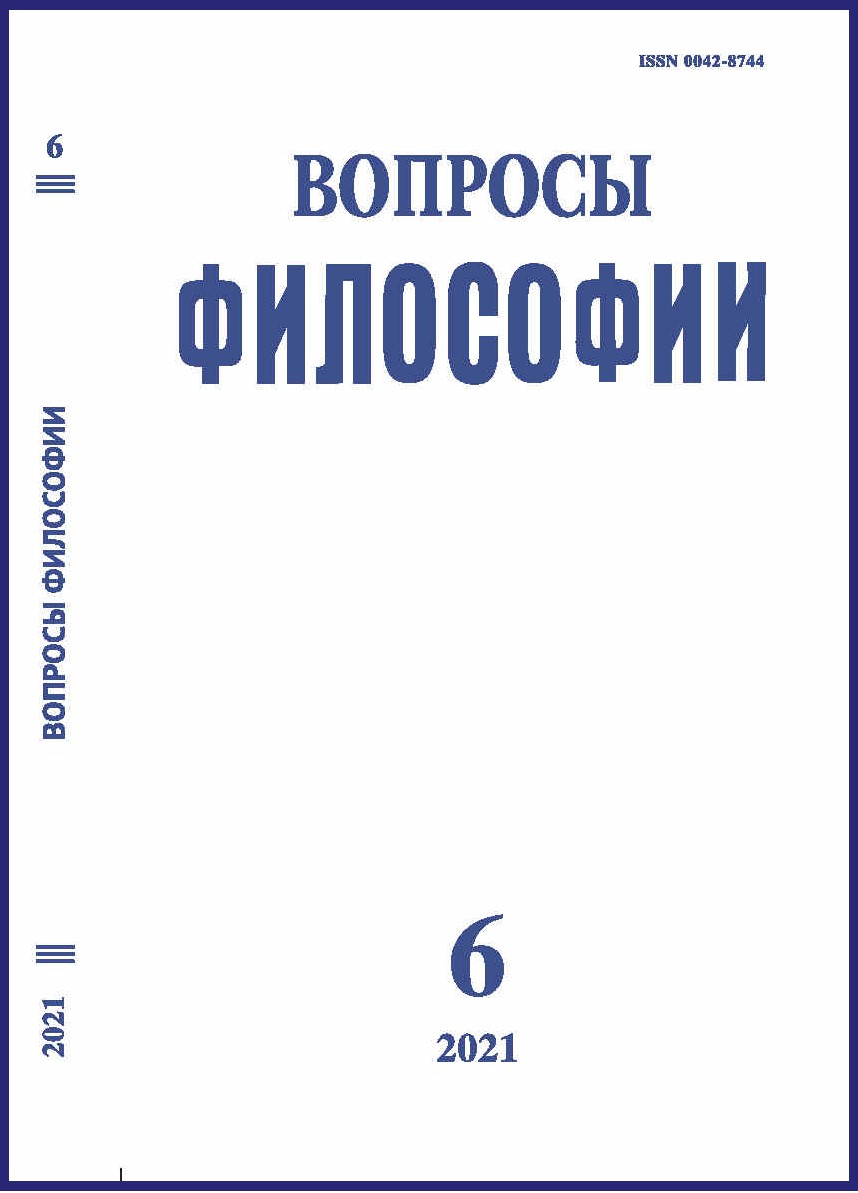The Image of the East in Systems of Thinking and in the Structure of Social Action
DOI:
https://doi.org/10.21146/0042-8744-2021-6-54-64Keywords:
social epistemology, westernization, archaic, Orientalism, orientalization, modernity, modernization, social changes, cultural-historical imagesAbstract
The images of geographical space and historical time, born in the practices of poetic experience and philosophical reflection, subsequently migrated to the subject-matter domains of sociology, political science, economics, and other social sciences, undergoing a long conceptual as well as analytical evolution. In fact, they turned into effective tools for scientific analysis of social, political and economic processes with the scope of application ranging from theoretical constructs and expert assessments to managerial decision-making and futurological forecasts. Moreover, cultural and historical images, arriving into the sphere of theoretical as well as expert-and-analytical knowledge from pre-scientific practices, came back to the sphere of everyday life and began to play an increasingly important role in self-identification, as well as in individual and collective searches for identity. Particularly noteworthy is the fact that the newly formed concepts of the East and the West, the Modern and the Archaic, in their dynamic dimension, gave birth to the “procedural” derivatives thereof, the most well-known and the most broadly applied among which is the concept of modernization, which manifested itself, inter alia, in the emergence of a theory or even many theories of the same name. At the same time, the concepts of westernization and archaization have been less fortunate: in fact, they have turned into the terms used in the conceptual space of the same theory of modernization. The rarest to be used is the fourth of the concepts in question – the concept of orientalization. This article deals with the very few instances of the use of this term found by the author in modern scientific literature.

